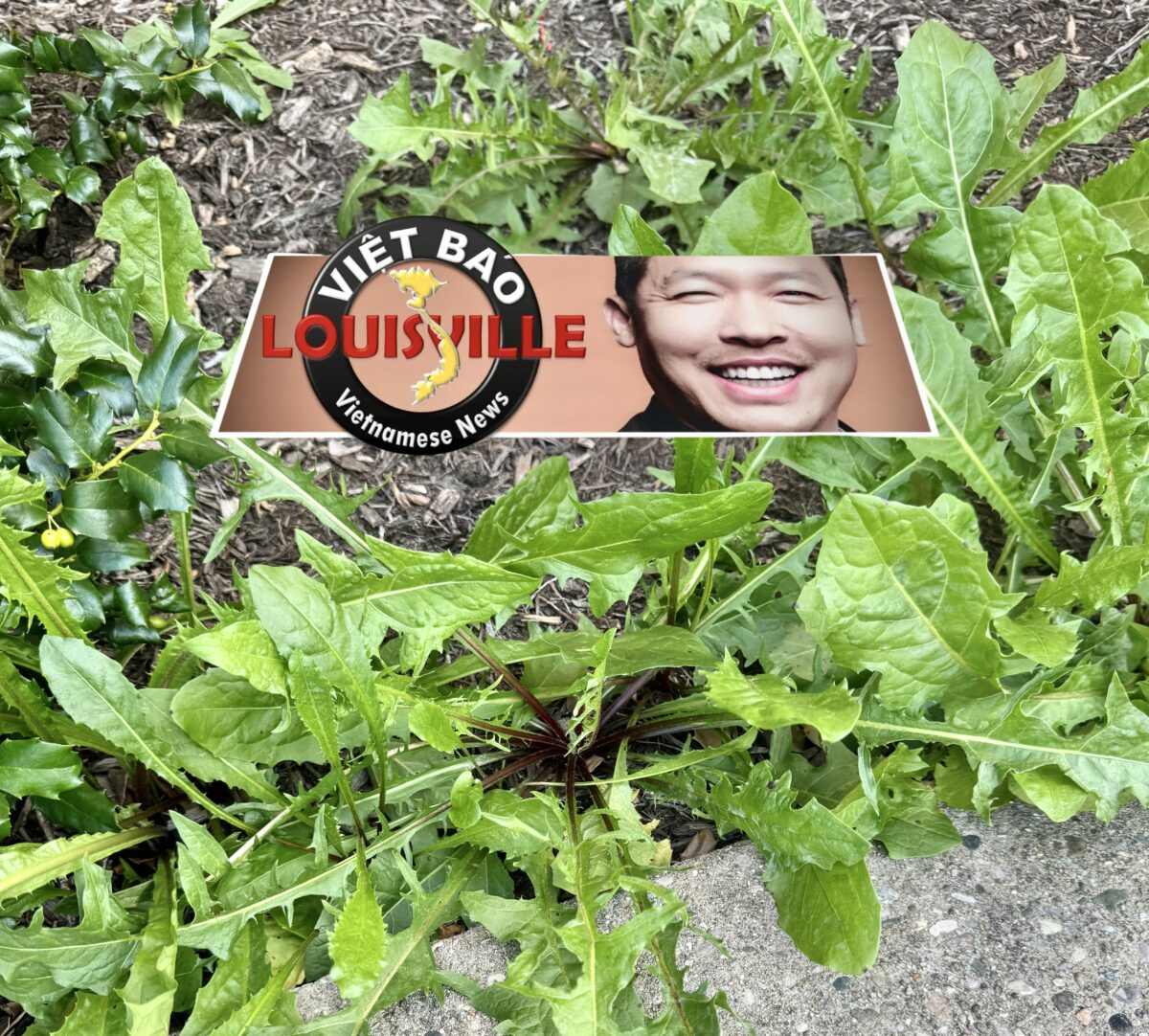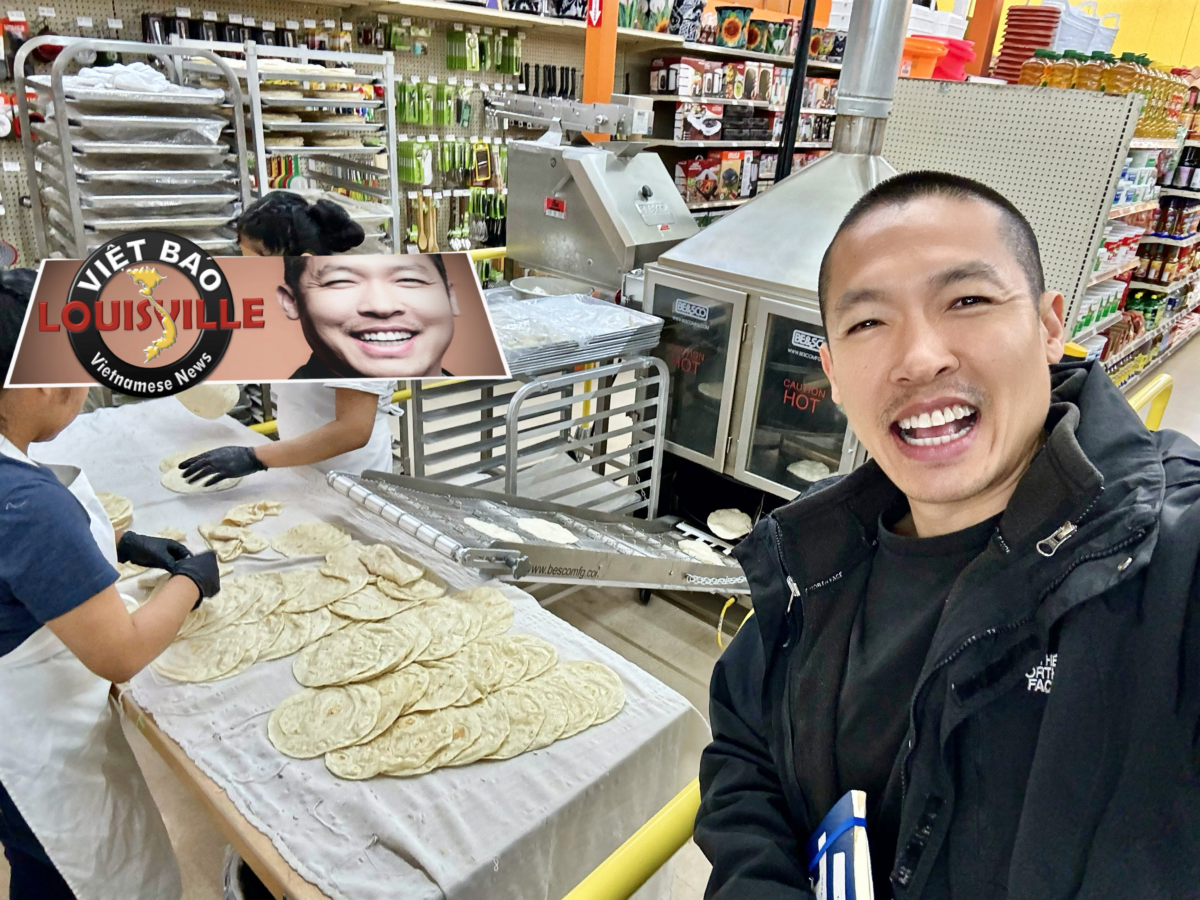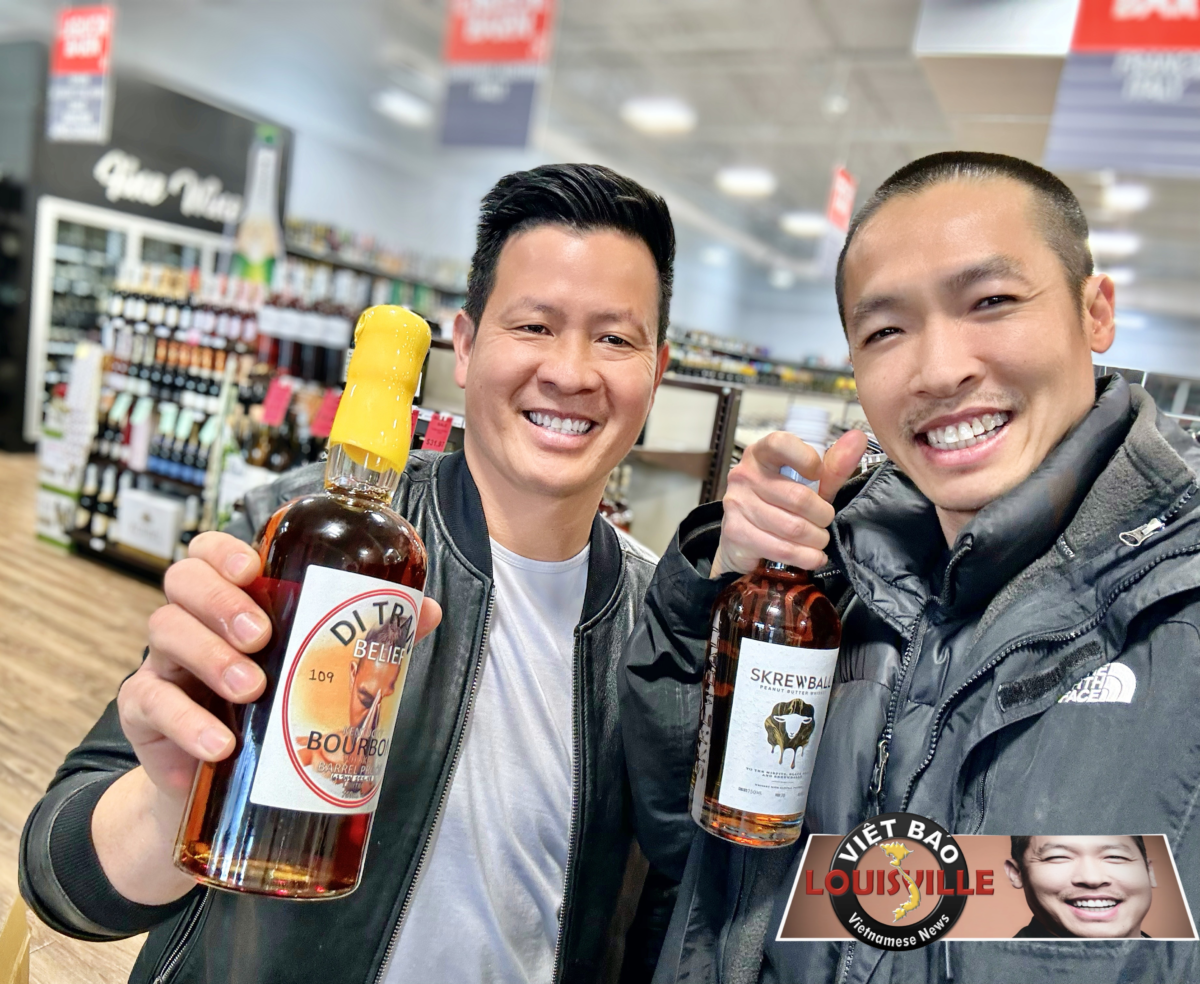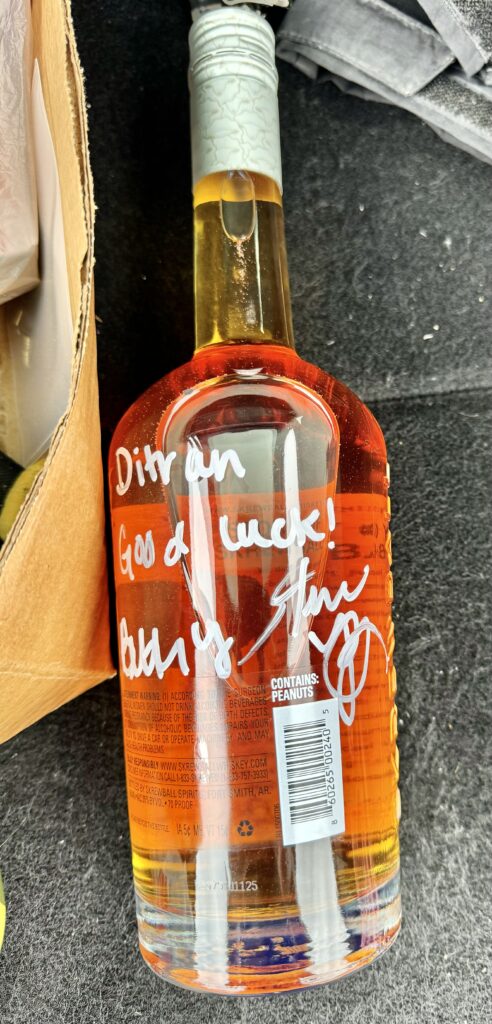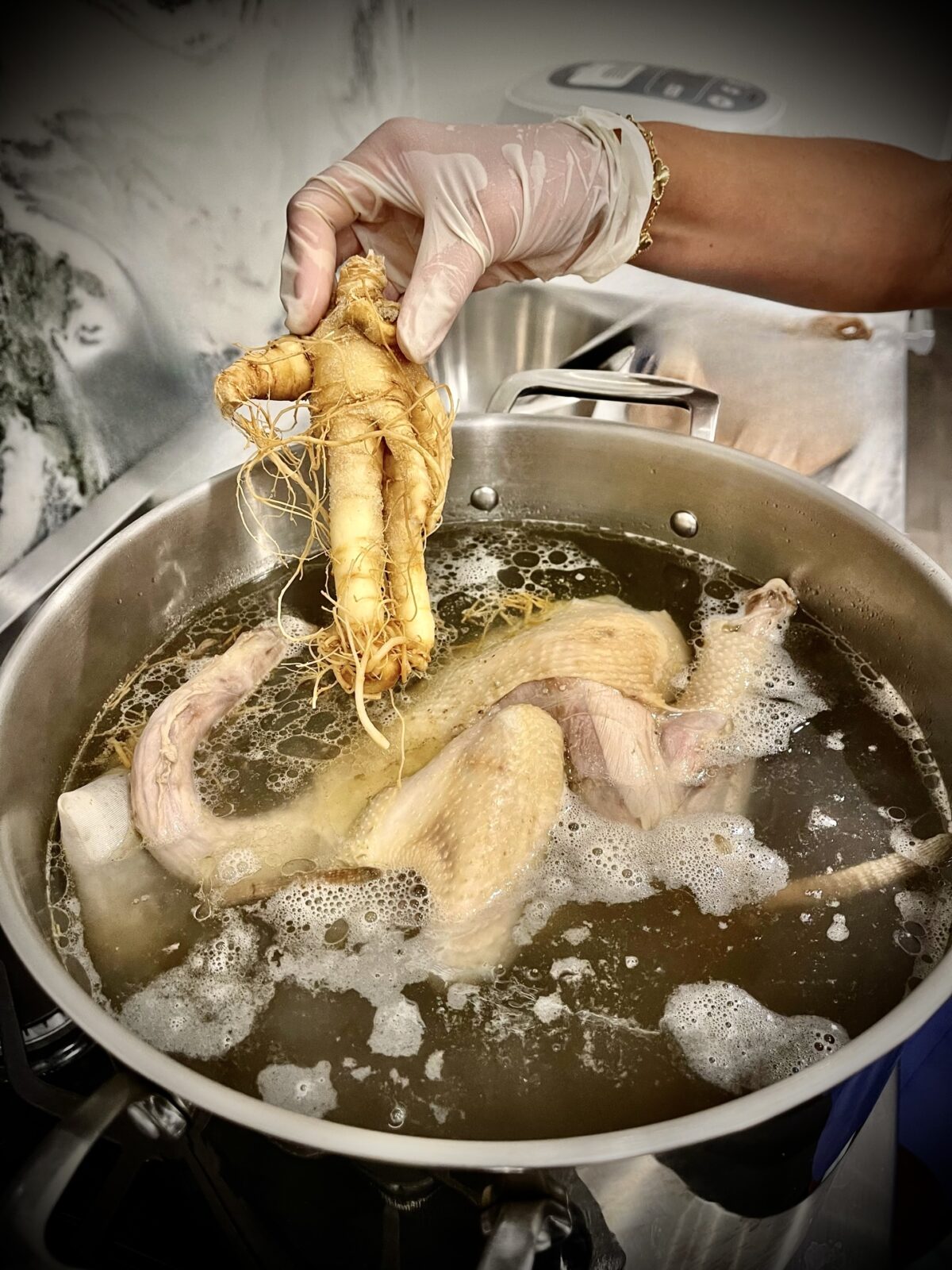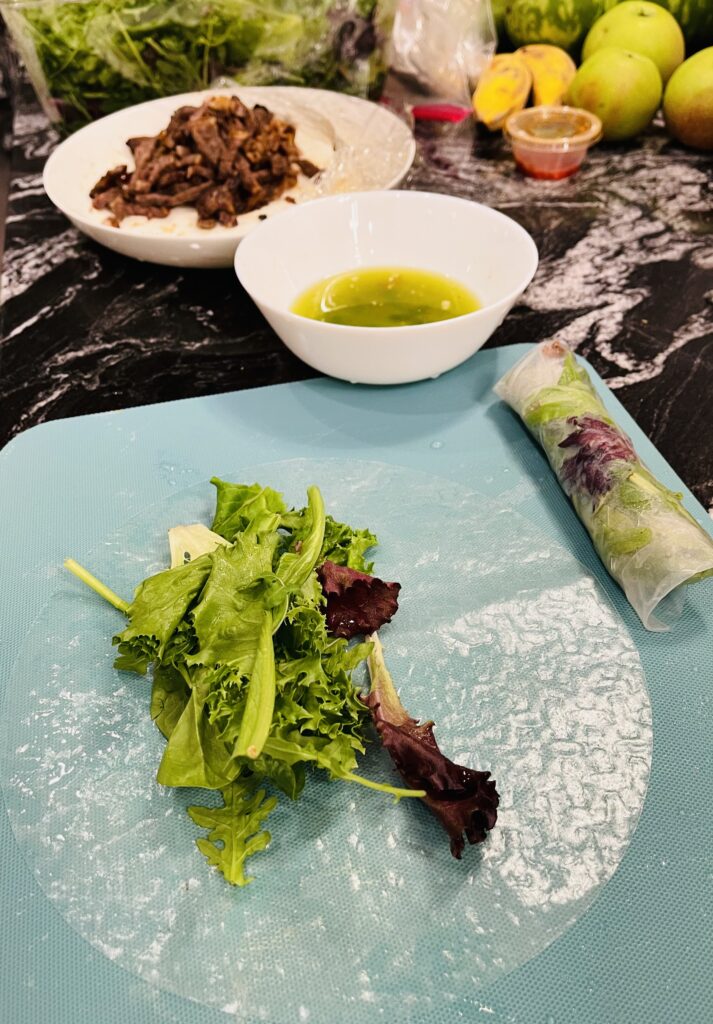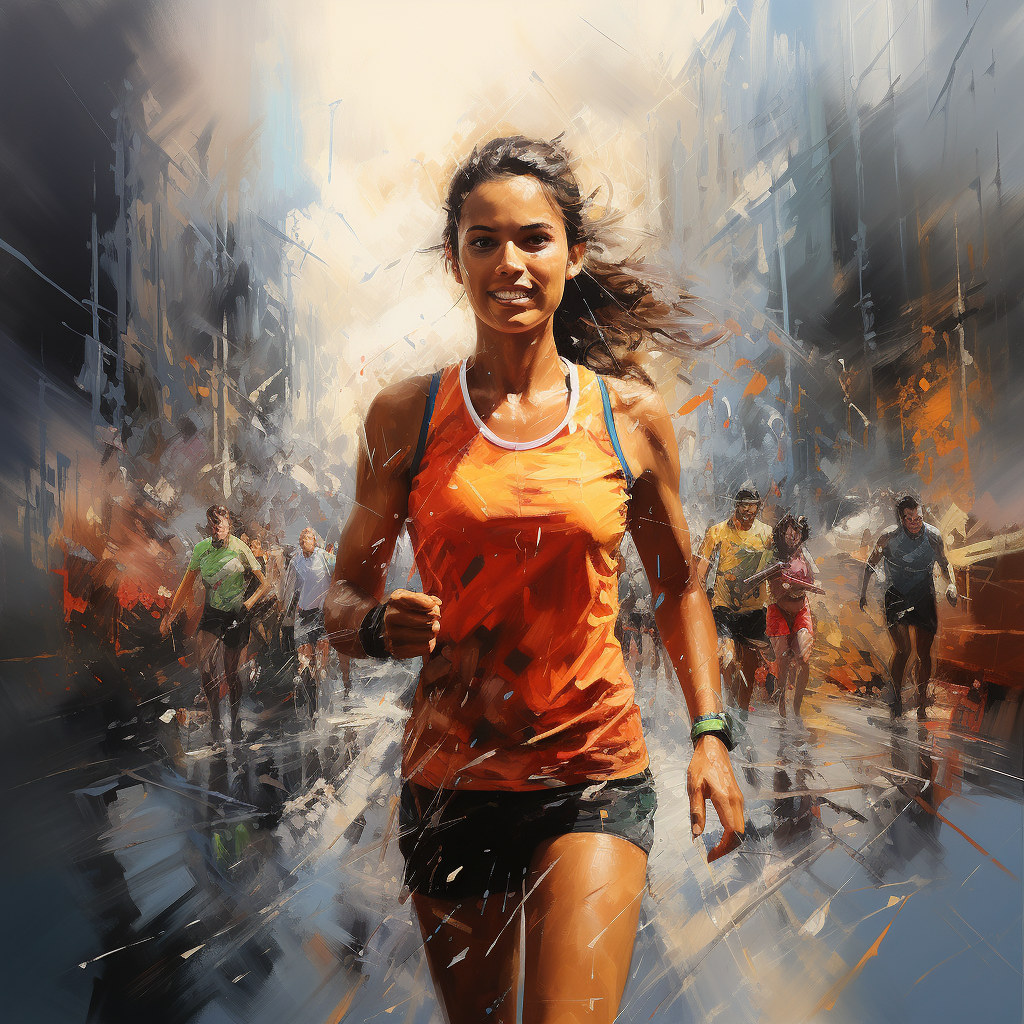In Vietnamese culture, bánh chưng, the traditional square or cylindrical rice cake, is much more than a simple food item. It is a symbol of love, tradition, and community—a reflection of Vietnam’s rich cultural heritage passed down through generations. Its preparation, which is incredibly labor-intensive and time-consuming, represents the selflessness and dedication of those who make it, often for little to no profit. Despite its true value of $50 to $60 per cake, it is typically sold for $20 to $25, a price that barely covers the cost of ingredients. This article delves into the profound significance of bánh chưng, the labor behind its creation, and why its real value goes far beyond the price tag.
A Process That Embodies Tradition
The making of bánh chưng is no ordinary culinary endeavor. It requires meticulous preparation, teamwork, and a deep respect for tradition. Each step is a labor of love that often involves entire families or communities working together for more than 24 hours.
1. Preparing the Ingredients
The foundation of bánh chưng lies in its high-quality ingredients:
• Glutinous rice is washed and soaked until it reaches the perfect texture.
• Mung beans are carefully cleaned and seasoned to add a creamy layer to the cake.
• Pork belly is selected for its balance of fat and meat, seasoned with salt, pepper, and other spices for flavor.
• Dong or banana leaves, used to wrap the cake, must be cleaned, soaked, dried, and trimmed to the right size.
This preparation alone can take several hours and requires attention to detail to ensure the ingredients are perfect.
2. Wrapping the Cake
Wrapping bánh chưng is an art form that demands skill and patience. Each layer of ingredients—rice, mung beans, pork, and more rice—is carefully arranged within the leaves. The cake is then folded and tied securely with bamboo strings to maintain its shape during cooking. This process must be done with precision to create a compact and symmetrical cake that cooks evenly.
3. Boiling the Cake
The wrapped cakes are placed in large pots and boiled for 10 to 12 hours over low to medium heat. This extended cooking time ensures that the sticky rice becomes soft and fully absorbs the flavors of the mung beans and pork. Throughout this time, the water level must be monitored and maintained, requiring someone to constantly tend to the pot.
In traditional settings, the boiling is done over a wood fire, adding an additional layer of effort as the fire must be stoked and managed to keep the heat consistent.
4. Post-Cooking Care
Once the cakes are cooked, they are carefully removed from the pot and cooled. The process doesn’t end there:
• Pressing: Some families press the cakes with weights to remove excess water and ensure a compact texture.
• Drying and Cleaning: The cakes are wiped clean and dried to prevent spoilage.
• Packaging: For commercial or gifting purposes, bánh chưng is often wrapped in plastic or foil and labeled for presentation.
This final stage adds even more hours to the process, bringing the total production time to well over 24 hours.
The True Value of Bánh Chưng
The effort and resources involved in making bánh chưng far exceed its typical selling price.
Raw Materials
• The cost of high-quality ingredients—glutinous rice, mung beans, pork, spices, and leaves—can range from $15 to $20 per cake.
Labor Costs
• The process requires the involvement of 10 to 20 people, each contributing their time and skills. If each person were paid even a modest wage, the labor costs would make the cakes unaffordable for most buyers.
Market Price vs. Real Value
• Despite its actual value being $50 to $60 per cake, bánh chưng is typically sold for just $20 to $25. This pricing reflects the selflessness of the makers, who prioritize tradition and community over profit.
More Than a Meal: A Symbol of Love and Heritage
Bánh chưng is not just food—it is a labor of love that embodies Vietnamese values of family, community, and tradition.
A Practical and Nutritious Gift
• 3 Pounds of Nourishment: Each bánh chưng is substantial, weighing approximately 3 pounds. It can last for 4 to 5 meals for one person, making it both economical and filling.
• Balanced Nutrition: It provides a wholesome combination of carbohydrates, protein, and fats, with glutinous rice for energy, mung beans for fiber and protein, and pork for essential fats.
Versatility in Meals
• Bánh chưng can be enjoyed in various ways—steamed, pan-fried, or paired with traditional accompaniments like pickled vegetables and fish sauce. Its versatility adds to its appeal as a long-lasting and satisfying dish.
Why Non-Profits Sustain This Tradition
Most bánh chưng production is undertaken by families, community groups, or non-profits, not commercial enterprises. Here’s why:
• Labor-Intensive Process: The sheer amount of labor makes it unprofitable for businesses to produce bánh chưng at a reasonable price.
• Cultural and Charitable Efforts: For many, making bánh chưng is a way to preserve tradition and give back to the community, especially during Tết.
• Accessibility: By keeping prices low, bánh chưng remains affordable for all, ensuring its cultural significance is not lost.
Rooted in Faith and Leadership
The tradition of making and sharing bánh chưng is deeply tied to Vietnamese values of faith and selflessness. Figures like St. John Vianney, who exemplify devotion and love, inspire the spirit behind this tradition. Just as parents and community leaders work tirelessly to nurture their families, the makers of bánh chưng pour their hearts into each cake, creating something far greater than a meal—it is a gift of love and connection.
Honoring the True Value of Bánh Chưng
While bánh chưng is sold at half its true value, its worth cannot be measured in dollars. It represents:
• The Hands of Many: Families and communities working together to preserve a piece of Vietnamese heritage.
• The Spirit of Generosity: Makers prioritize cultural preservation over profit, keeping bánh chưng accessible to all.
• A Labor of Love: Every cake is a testament to the dedication, skill, and love of those who create it.
A Call to Cherish and Support Tradition
As we enjoy bánh chưng, let us remember the immense labor and love behind it. Each bite is a reminder of the sacrifices and devotion of parents, grandparents, and community leaders, who keep this beautiful tradition alive. By appreciating and supporting bánh chưng, we honor the legacy of those who have come before us, ensuring that this cultural treasure continues to nourish hearts and souls for generations to come.
In the words of those who embody this tradition: “Bánh chưng is not just food—it is love wrapped in leaves, boiled in tradition, and served with pride.”


